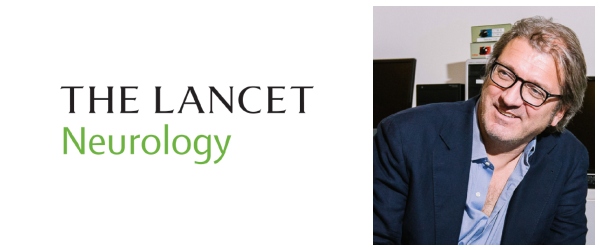Personalised virtual brain models are being used to advance brain medicine for epilepsy and beyond, according to researchers from the Human Brain Project (HBP) who have presented their findings in The Lancet Neurology. They have developed computational brain modelling techniques that integrate patient-specific data, using the simulation technology called The Virtual Brain (TVB), to create predictive tools for testing clinical hypotheses and strategies. The TVB technology enables clinicians to simulate the spread of abnormal activity during epileptic seizures in a patient’s brain, helping them to better identify target areas. The researchers anticipate that the increasing sophistication of these models will lead to the development of “digital twins” in brain medicine, which will bring new clinical and research applications within reach. In addition, they expect personalised virtual brain models to improve with the integration of high-resolution data and patient specificity, which is made possible within the HBP through modelling software, computing power, brain atlases, and datasets provided on the digital research infrastructure EBRAINS.
Advances in Personalised Virtual Brain Models for Brain Medicine

In the latest edition of The Lancet Neurology, researchers from the Human Brain Project (HBP) reveal the clinical applications of advanced brain modelling techniques. Using computational brain modelling methods that integrate patient-specific data, scientists at AMU Marseille, as part of the HBP, have developed predictive tools for testing clinical hypotheses and strategies.
To create personalised virtual brain models, the researchers employ The Virtual Brain (TVB) simulation technology, which was developed by HBP scientist Viktor Jirsa in collaboration with others. These computational models are created based on data obtained from the patient’s individual anatomy, structural connectivity, and brain dynamics.
The novel approach was first tested in epilepsy, and a major clinical trial is currently underway. Clinicians can use TVB to simulate the spread of abnormal activity during epileptic seizures in a patient’s brain, thus allowing them to better identify target areas. The researchers presented the detailed methodology of their epilepsy work in the cover story of Science Translational Medicine in January.
In their article in The Lancet Neurology, the authors expound on the concept and its potential applications in neuroscience. Personalised virtual brain models of a patient’s brain have wide-ranging applicability beyond epilepsy, according to the researchers. They argue that the full potential of these models in neuroscience, medicine, and neurotechnology has yet to be explored.
The researchers anticipate that future advances in brain modelling will pave the way for “digital twins” in brain medicine. A “digital twin” is a personalised computational brain model that can be continually updated with real-world data obtained from its real-life counterpart, i.e., the patient. While not intended to be an exact replica, these models’ increasing sophistication is expected to enhance their predictive power, opening the door to new clinical and research applications.
Improvements in Personalised Virtual Brain Models through HBP
Researchers from the Human Brain Project (HBP) anticipate that personalised virtual brain models will improve through the integration of high-resolution data and patient specificity. The HBP uses modelling software, computing power, brain atlases, and datasets provided on the digital research infrastructure EBRAINS to make this possible.
The research area on the “multiscale brain connectome” within the HBP is led by Viktor Jirsa. The final Summit of the project, hosted by Jirsa, will take place in Marseille, France, from March 28-31.
Reference: Viktor Jirsa et al., Personalized virtual brain models in epilepsy. The Lancet Neu-rology 2023. DOI: https://doi.org/10.1016/S1474-4422(23)00008-X
Don’t miss interesting posts on Famousbio










